1.Trogir
Similar to Split, its neighbor town just a short distance away, Trogir is yet another Croatian town that possesses incredible historical and architectural traditions, both of which have been built upon by a progression of generations during the past 2,300 years. Walking the streets of Trogir's old town, one encounters Romanesque, Gothic, Baroque and Renaissance architecture and artwork, juxtaposed with modern stores and shop fronts, making Trogir a fascinating amalgamation of architectural styles from different eras.The cultural and historical significance of the town and its architecture were verified in 1997 when UNESCO (the United Nations Educational, Scientific and Cultural Organization) added Trogir to its list of protected world heritage sites, marking the beginning of a new era in Trogir's history. While traditionally an economy focused on agriculture and fishing, this new era of the city's development will almost definitely be focused on tourism, as Croatia's coast becomes an increasingly popular destination for tourists from around the world.
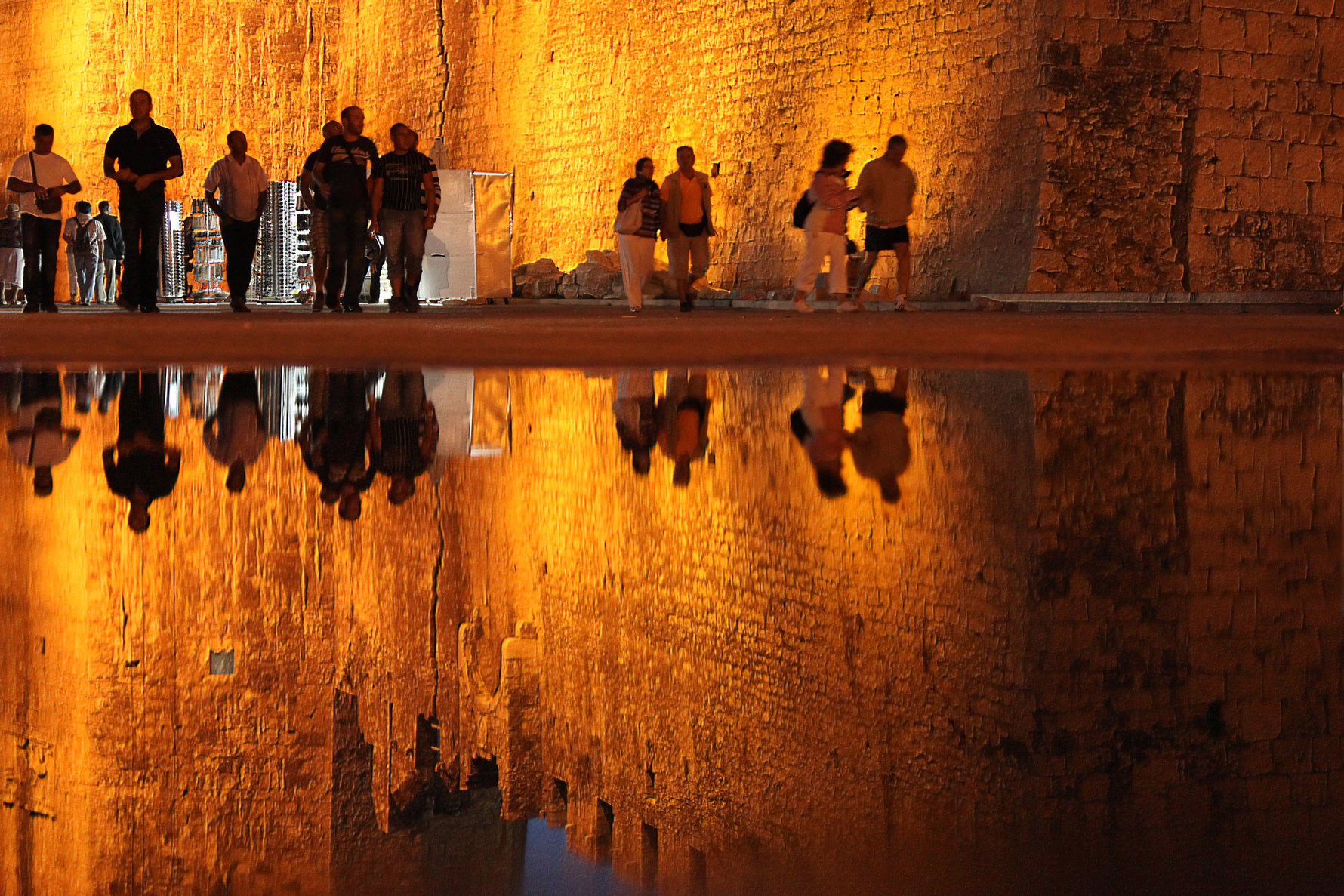
Dražen Mimica
2.Solin
Solin, aka Salona in Italian and Latin, stands 8 kilometres outside of Split at the meeting point of the River Jadro and the Adriatic Sea and was at one time the largest Roman settlement on the eastern coast of the Adriatic sea. One of its primary historical distinctions is that it was the birthplace of Emperor Diocletian who, as we hope you know by now, erected his palace in Split and spent the rest of his days there. Solin also probably played a role in Christianity's early history. According to the Bible, Paul's student Titus traveled to the region and, because of its sea connections with Italy and the Middle East, it is likely that Solin would have attracted such emissaries of Christianity. In any event, the town's role as a crossroads of cultures and religions left behind an archaeological legacy that has earned the town the title of "Croatia's Pompeii".
Solin Tourist Board Archive
3.Klis
One of the largest, most spectacular and yet easily accessible fortresses in the county is Klis, planted precariously on sheer cliffs just inland from Split. There’s an excellent view of this fortress from the highway that connects Split with the A - 1 highway. Partially restored and now an outdoor museum, the fortress is well signposted from the road. It will take you at least an hour to explore the fortress and soak in the great views in every direction. There is a café right below the fortress.Klis has had a long and colorful history. It was first mentioned in written records in the first half of the 10th century. In the 13th century the Mongols invaded the area but never succeeding in taking the fortress. The Ottoman Turks captured it in 1537. Local nobles succeeded in retaking Klis, but only for a few weeks, in 1596. The Venetians finally evicted the Turks for good in 1648. When you visit Klis you will see why it was fought over so fiercely. Anyone occupying the fortress could control passage through the rather narrow mountain pass from the coast to the hinterland.
4.Omiš
In Omiš there are eight famous churches. Three are located within the old city walls and include the church of St. Michael, the church of the Holy Ghost and the church of St. Rocco. The remaining churches are located outside of the old city walls and include the church of St. Peter, the church of St. Luke and the church of St. Mary, located at the old Omiš cemetery. The church of Our Lady of Carmel is at the Franciscan Monastery and the remains of the church of St. John in Borak. The Fortress (Tvrđava) is located on top of Dinara mountain and offers an enchanting view of the entire area, from the canyon of the Cetina River to the islands of Brač, Hvar and Šolta to the Dalmatian region of Poljica.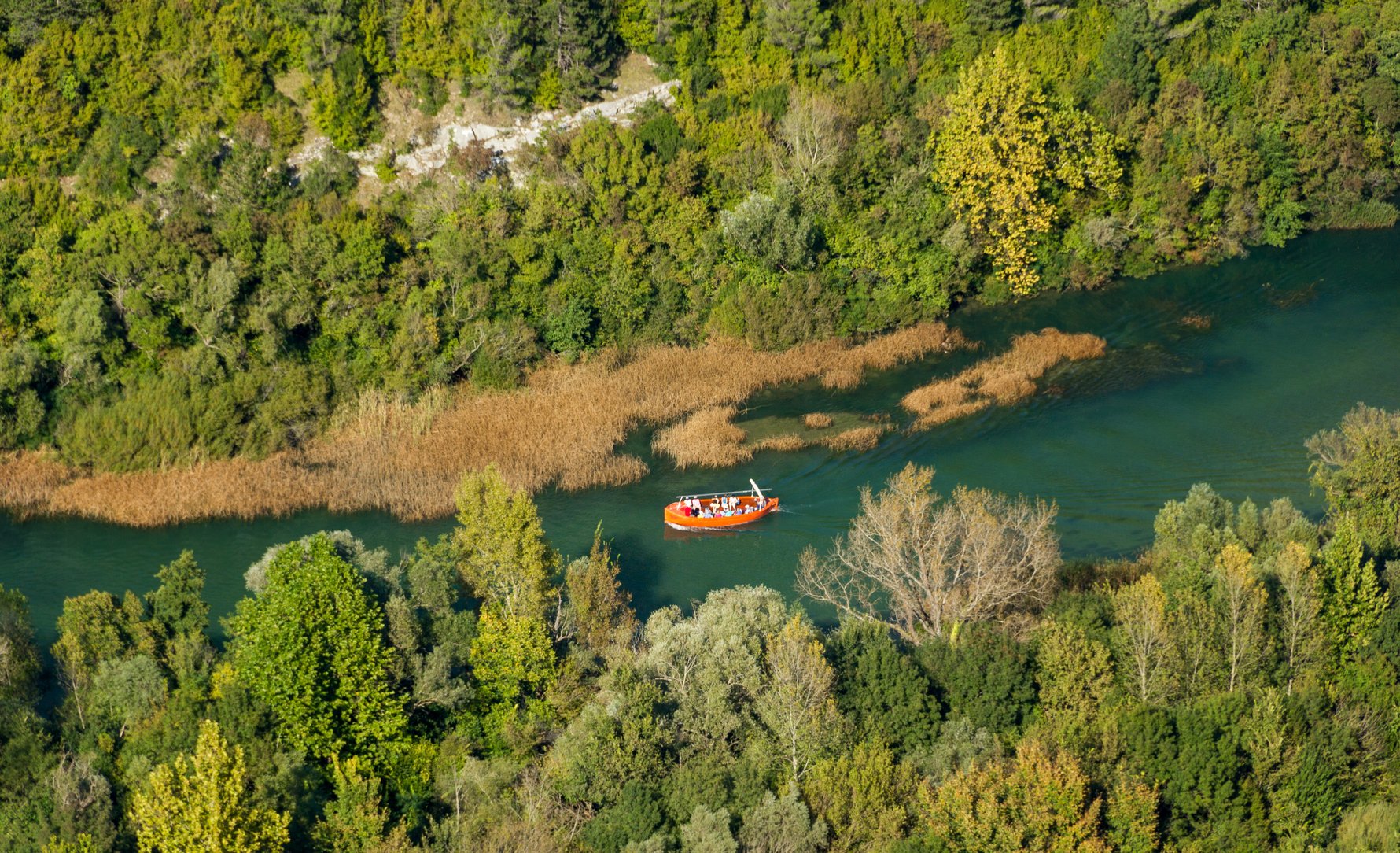
Omiš Tourist Board Archive
5.Makarska Riviera
A stay in the Riviera offers all of the things you an find on any normal Croatian holiday (beautiful scenery, crystal clear water, etc.), along with a few added bonuses that might make it particularly attractive for some visitors. The first of these things might be the Riviera's namesake, the city of Makarska. The main highlight of this small coastal town might well be it's promenade, the palm-lined Marineta street, where cafés, bars and shops keep watch over the nearby harbour. The town's horizon is dominated by nearby Biokovo mountain range, a must-see for visitors to Makarska. At 1762m, Sveti Jure, Biokovo's highest peak, is one of the highest peaks in Dalmatia and is marked with over thirty hiking trails of varying difficulty and abounds with caves, the remains of ancient villages, all sorts of wildlife scampering about and even a botanical garden, making it an absolute haven for hiking enthusiasts.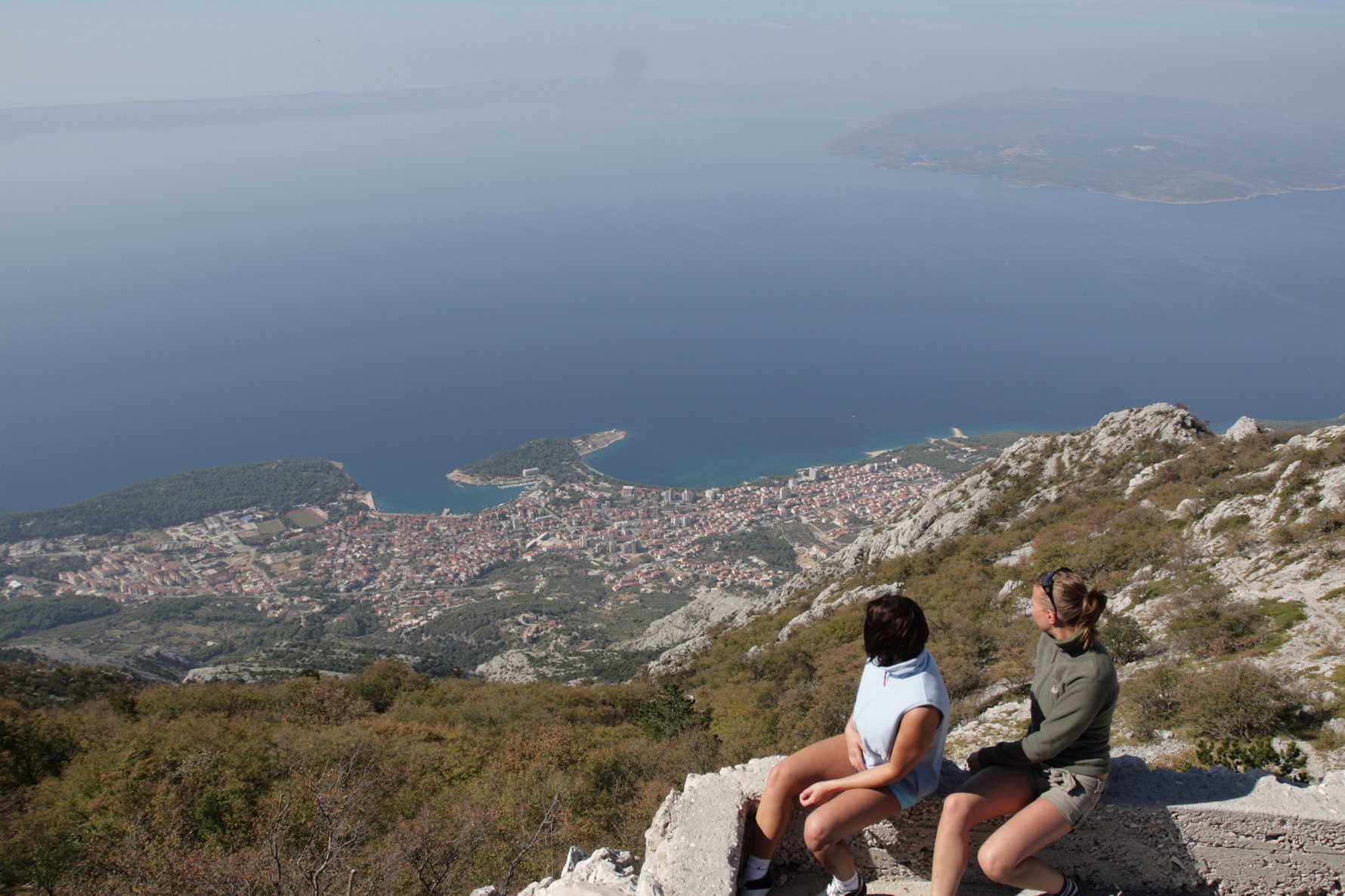
Makarska Tourist Board Archive
6.Brač / Blaca
Blaca is perhaps the most stunning sight on the Brač, and is certainly among the most incredible cultural monuments on the Adriatic. This inhospitable rocky gorge became the home of an order of Glagolitic monks who nurtured the Croatian language using the oldest Slavic alphabet. They left the Republic of Poljica south of Split following the Ottoman invasion of the mainland. In 1550, the Brač authorities allotted them land in the Blaca canyon some 3km from the coast.Blaca has a beautiful library with almost 8 000 books, a printing press and a music room with a piano that was carried here on foot. You can look round the simple but elegantly furnished rooms where the brothers lived and worked, all preserved as an in situ museum. An observatory with a research library and the third most powerful telescope in Croatia is listed as a cultural monument.
The last Blaca friar died in 1963, ending this miraculous story that lasted for four centuries. In 2007, the complex was entered on the tentative list of UNESCO monuments of cultural heritage. The hermitage remains very close to peoples’ hearts, with a pilgrimage taking place every year on the first Saturday after the Feast of the Assumption. This is a wonderful place to visit for all the reasons we’ve mentioned, but perhaps the most important one is that this is a place that puts in focus the power of human endeavour, and a place of peace and hope that strengthens the spirit.
7.Šolta
Small enough to be quaint and cozy but large enough to have extras like a disco or two, swimming pools and tennis courts, Šolta is located about nineteen nautical miles from Split, just west of Brač. The island is another of those special places in Dalmatia where the traditional Croatian way of life has been largely maintained to the present day. This means that the principal industry on the island is fishing, donkeys are still a viable form of transportation and the locals in the eight villages on Šolta might strike visitors as unusually kind, inviting and warm. It also means that the pace of life is markedly slower than in other places in Dalmatia, which is quite a feat in itself. This slow pace of life is an ideal environment in which to enjoy the benefits of the island, not the least of which is the main product of the island, fish. The island's fisherman can be seen leaving in the morning and returning with the day's catch, which is then prepared for the evening's meal and accompanied by some excellent homemade wine, both of which will be on hand for you to sample in abundance. As we know, however, man does not survive on bread (or fish) alone. We also need a little adventure from time to time and Šolta has that to offer, as well. The tranquil coves and beaches around the island play perfect host to swimming, sunbathing and even windsurfing, and the island itself is perfect for hiking through the olive groves and vineyards that supply the island's other principal products. In short, Šolta is a nice mix of atmosphere, nature and local culture that can be enjoyed as a day trip or as a short stay. Either way, there's something for everyone.8.Hvar
Riding a bike across the fertile plain between Stari Grad and Jelsa on the island of Hvar you might be forgiven for thinking that the local vineyards, olive plantations and dry-stone walls represent a typical Adriatic landscape of great beauty but not necessarily any great significance. In fact the pattern of field divisions - and many of the stones that make up the partitions - date back to the fourth century BC, when Stari Grad was colonized by Greeks from Vis. Known in Greek as the Hora, this intensively farmed plain has changed little in the intervening centuries, and was placed on the UNESCO World Heritage list in 2008 in recognition of its historical importance. Remains of a Greek tower have been found on Maslinovik hill, and the remnants of Roman-era country villas are scattered across the plain. You might not spot any of these as you pass, but the timeless landscape of agricultural toil is enough to give you a strong impression of Mediterranean culture and its centuries-long continuity.9.Vis
The island of Vis is one of the most interesting marine areas in the Adriatic. Due to its many years as a forbidden zone for foreigners in Communist Yugoslavia, the island has largely remained untouched and unmarred, surrounded by seas of indescribable beauty.The most attractive is the archipelago around the southeast coast of Vis, then around the western coast, the islets of Biševo, Brusnik and Sveti Andrija (St Andrew), and in the east, Sušac.
Vis is an island that cannot be seen on a day trip due to its fair distance from the mainland. However, it’s an excellent place to spend a few days to get a good sense of its beauty, or ten days to take advantage of all of its charms.
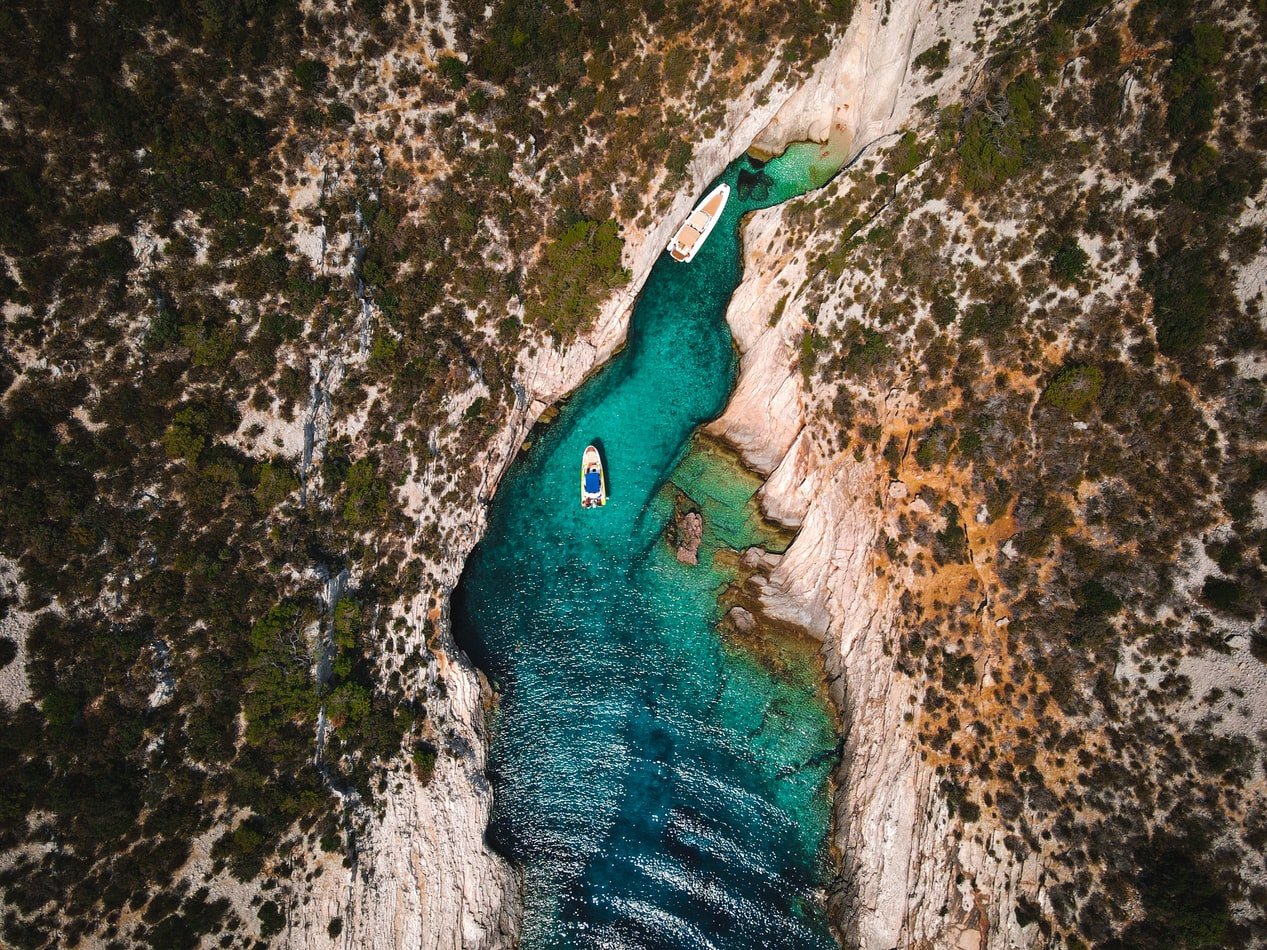
Miha Arh
10. Dalmatian Inland
To fully appreciate the stark majesty of the mid-Dalmatian landscape, you need to spend at least some time inland. The coast, with its sweeping pebble beaches and imperious mountains is only one side of the Dalmatian story. Delve beyond the coastal peaks and you will come across a dramatic combination of stony plateaus, fertile vales, river canyons, and mountains even more imposing than the ones you’ve just crossed.A handsome old town lying half an hour’s drive inland from Split, Sinj is home to a famously alluring, miracle-working icon of the Virgin that hangs to the left of the main altar in the main parish church. There’s also an old fortress that’s well worth visiting on the hill above. On the first Sunday of every August crowds from all over Dalmatia descend on Sinj to witness the Alka, an age-old tournament in which horsemen gallop downhill with lances in their hands, hoping to spear a ring that hangs above the end of the course. The riders wear traditional costume, and the whole occasion is one of festive pageant.
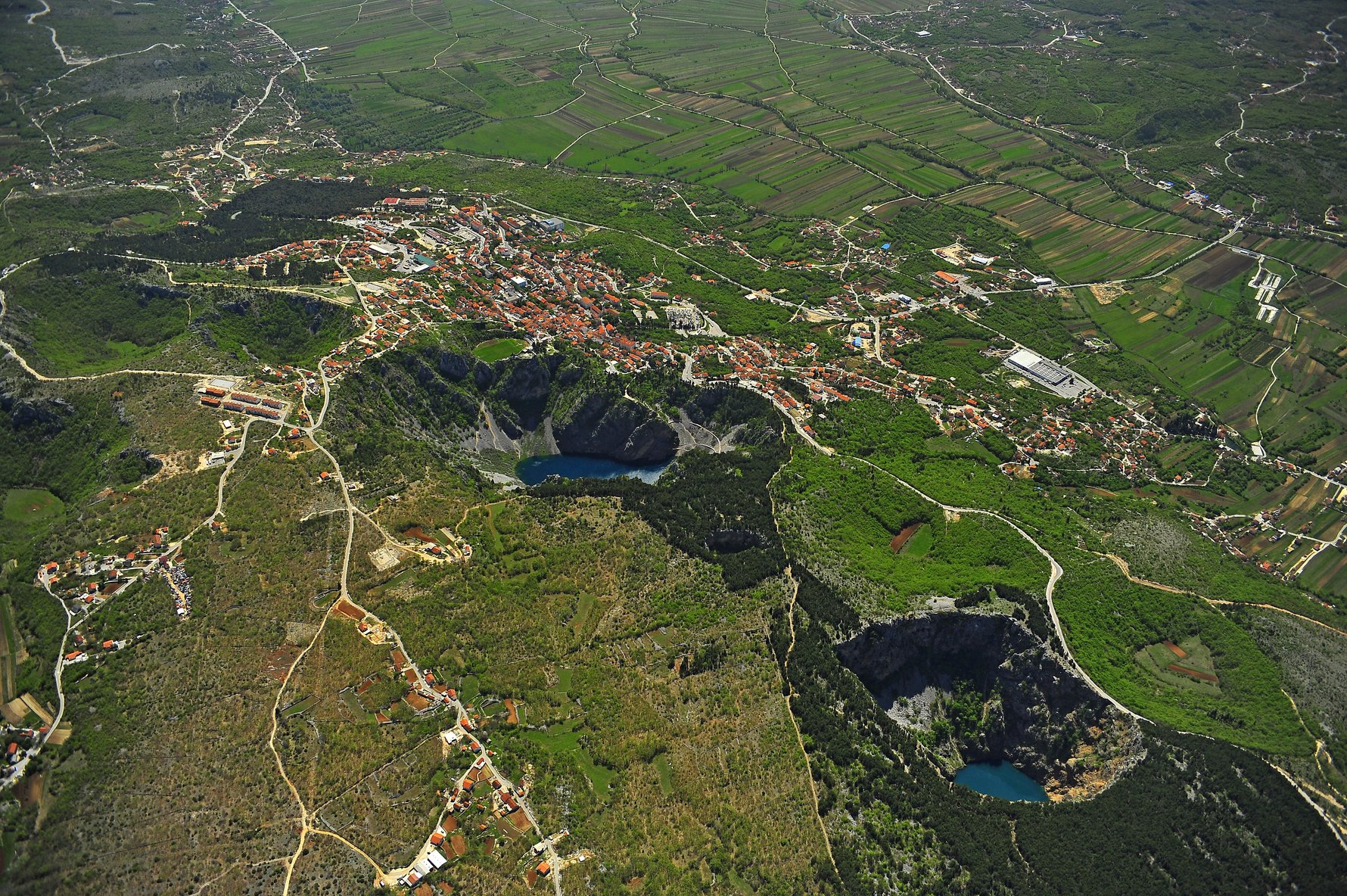
Sinj Tourist Board Archive





Comments